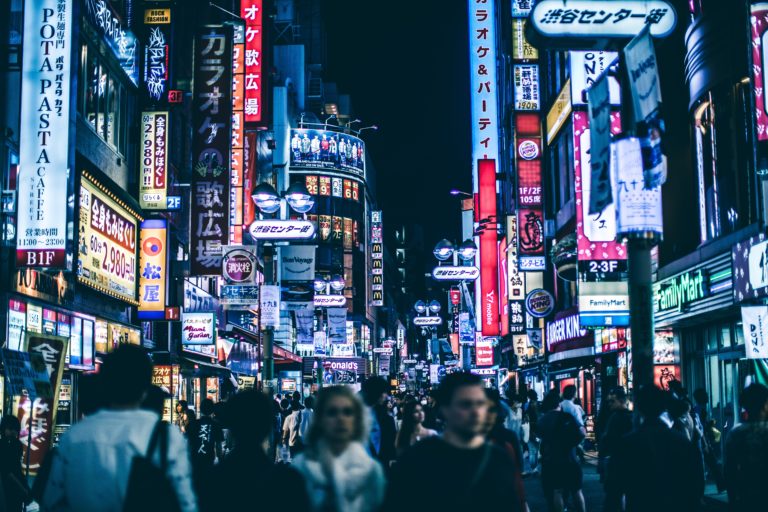I tend to read at random, just grabbing whatever is lying around and swallowing it whole, believing sincerely in the Tao of Reading: the Way will lead the books I should be reading to within arms reach. In keeping with this belief – which came first the belief or the book? – I have had the great fortune to read three very interesting books, one after the other.

Bloodlands – Europe between Hitler and Stalin, Timothy Snyder
A tremendous work of research, laid out relentlessly and thoughtfully. The book takes the reader from the early rise of the Nazi Party and Stalin’s Soviet Union in the 1930s to the end of the Second World War in 1945. In those short, bloody 15 years, more people died in the lands between those two tyrants – Poland, Belarus, Ukraine, Lithuania, Lativa, Estonia and to a lesser extent Czechoslovakia and Romania – than the modern mind can handle. Snyder talks about the forced famines in Ukraine, the Communist purges in Belarus, Ukraine and Poland, and the lead-up to war with Germany in 1941. Thereafter, things just get worse. Nazis kill Soviets. Both regimes deport, purge and murder. Nazis set up death factories and starvation camps; Soviets set up labor camps and political massacres.
Snyder saves the worst for last, bringing the faces he sketches out in the first half of the book into detail toward the end, as the book discusses genocide, memory, and the chances that such pain and suffering can be repeated. I come away wondering how the collective human spirit can recover from such mass horror, and searching myself for the remnants of those screams, in the morning, beside a pit, choking on death.
Some notes I took:
On Soviet suffering, Jews, and collaborators:
“More Soviet citizens had died in the Second World War than any people in any war in recorded history. At home, Soviet ideologists had taken advantage of the suffering to justify Stalinist rule: as the necessary price of victory in what was called “the Great Patriotic War.”
and so for much of the Soviet Union’s history, Soviet suffering trumped Jewish or any other suffering – including Ukrainian, Polish or Belarussian – in order to justify Communist rule:
“…even by comparison with the dreadful suffering of other Soviet peoples, the Jews had suffered a very special fate. Jews were less than two percent of the population and Russians more than half; the Germans had murdered more Jewish civilians than Russian civilians. Jews were in a category of their own, even in comparison with the Slavic peoples who had suffered more than the Russians, such as the Ukrainians and Belarussians and Poles. The Soviet leadership knew this, and so did the Soviet citizens who lived in the lands that Germans had occupied. But the Holocaust could never become part of the Soviet history of the war.”
not just to prop up Soviet rule, but to hide certain troubling facts:
“These high figures of murdered Jews also raised the troubling question of just how the Germans had managed to kill so many civilians in such a short time in the occupied Soviet Union. They had help from Soviet citizens.”
On the Different between Concentration Camps and Death Camps:
“The Americans and the British liberated no part of Europe that had a very significant Jewish population before the war, and saw none of the German death facilities.”
We associate Auschwitz with the Holocaust, but the true horror took place in death factories like Treblinka, Sobibor, Belzec, and Chelmno, places few Westerners have ever heard of. And tht is because the worst part of the Holocaust happened between Germany and Russia, no in Germany, and not in France, Belgium or other occupied areas (Yugoslavia, Italy etc).

Wikileaks: Inside Julian Assange’s War on Secrecy, David Leigh and Luke Harding
Both authors are journalists for the Guardian, the British newspaper that benefited the most from Wikileaks information, and I was baffled by how incredibly partisan the tone is throughout this book. For pure information, the book is useful and helps to fill in some spots left empty by my own lack of access/research.
But wow, the two authors have their entire neck-and-head up the Guardian’s (and by extension the entire mainstream media’s) ass. The message is, basically, this:
Assange is unhinged but managed to get his hands on pretty good info from another unhinged boy, Bradley Manning, and thank God the Guardian managed to get their hands on the mad dog and turn the info into great stories before everything was wasted.
Aside from the angle of the book, which is understandable, the authors do provide a good look into how newsrooms work, how media can cooperate with each other and the government, who Julian Assange was before he became famous, who the Swedish women Assange allegedly raped are (and how it even came to that), and how sources like Assange and others are generally regarded as useful until used up.
Some notes I took:
On America’s Hypocrisy
“It’s doubtful whether [Julian Assange’s] name would have meant anything to Hillary Clinton … when, as secretary of state, she made a rather good speech about the potential of what she termed “a new nervous system for our planet.” She described a vision of semi-underground digital publishing – “the samizdat of our day” – that was beginning to champion transparency and challenge the autocratic, corrupt old order of the world. But she also warned that repressive governments would “target the independent thinkers who use the tools”. She had regimes like Iran in mind.”
“Little can Clinton have imagined, as she made this much praised speech, that within a year she would be back making another statement about digital whistleblowing – this time roundly attacking people who used electronic media to champion transparency. [Wikileaks] was, she told a hastily arranged state department press conference in November 2010, “not just an attack on America’s foreign policy interests. It is an attack on the international community.'”

A Colossal Failure of Common Sense: The Inside Story of the Collapse of Lehman Brothers, Lawrence McDonald with Patrick Robinson
Again, a very partisan account and that is hard to deal with sometimes. McDonald spends a lot of time swinging between exuberant praise for the people close to him (and the faux self-deprecation that goes with that) and exuberant belittling of people not close to him and, naturally, fully responsible for the collapse of Lehman.
In between all of that bluster is a very interesting look into the mindset of traders, what makes them who they are and do what they do, how they believe they look to others and each other, and basically the whole Wall Street ethos in general. Also some interesting explanations of bond trading, default swaps, and offshore accounts that hide debt and inflate profit. McDonald makes the story pop (or perhaps its Robinson), so it is a fun read. I would recommend it as a must-read for those interested in the Lehman collapse, but definitely not as the only read. I cross-referenced this story with a recent Fortune Magazine feature that discussed the fact that all the companies (or most anyway) that caused the crash in 07-08 are back to normal now – both operationally and behaviorally …
I walked away thinking its all “secret to the group is there is no secret group” Wizard of Oz style bullshit and the “smartest men alive” are just connected to each other and to a system that allows them to borrow big money to spend on bad ideas (or the occasional good idea). Biggest genius move by a trader in the book was buying up falling stock at a price that would be low in months to come, following a bankruptcy re-structuring. I don’t know. Is that genius?
some notes:
On Glass-Steagall
“… the fabled Glass-Steagall Act of 1933, the post-Wall Street carsh legislation that prevented commercial banks from merging with investment banks, thus eliminating the opportunity for the high-rolling investment guys to get their hands on limitless supplies of depositors’ money. Glass-Steagall was nothing short of a barrier, and it stayed in place for more than sixty years, but the major U.S. banks wanted it abolished. They’d tried but failed in 1988. It would take another four years for this Depression-era legislation to come once more under attack..”
“I was watching President Clinton step up, possibly against his better judgement, and sign into law the brand-new Financial Services Modernization Act (also known as Gramm-Leach-Bliley), repealing Glass-Steagall. In less than a decade, this act would be directly responsible for bringing the entire world to the brink of financial ruin. Especially mine.”
On bonds and convertible bonds
“An national chain of supermarkets wnats to build a new superstore … It’s going to cost $100 million. The CFO goes to a major Wall Street investment bank and produces the business plan … If the investment bank likes the sound of it, they will lend the supermarket the money to proceed with the construction, at an agreed-upon coupon yield for a specific time. Typical would be 6 percent annually for ten years, like a gigantic mortgage.
The investment bank will then securitize the loan, which is a snazzy way of turning a debt into a bond, dividing the $100 million into one hundred thousand $1,000 bonds, and then putting together a prospectus to sell them.”
“Bonds have been around for a long time. In fact, America was built on bonds. Back in the second half of the nineteenth century, bonds were issued by the new industrial giants to finance the building of the railroads, which would open ou the vast lands and wealth of the United States, still reeling from the devastation of the Civil War … In the 1880s there was one far-reaching development: the emergence of the convertible bond, which had the added feature of allowing the holder to convert it into a fixed number of shares of common stock – equity shares – in an era when the market for railroads and anything connected with them were making fortunes.”






